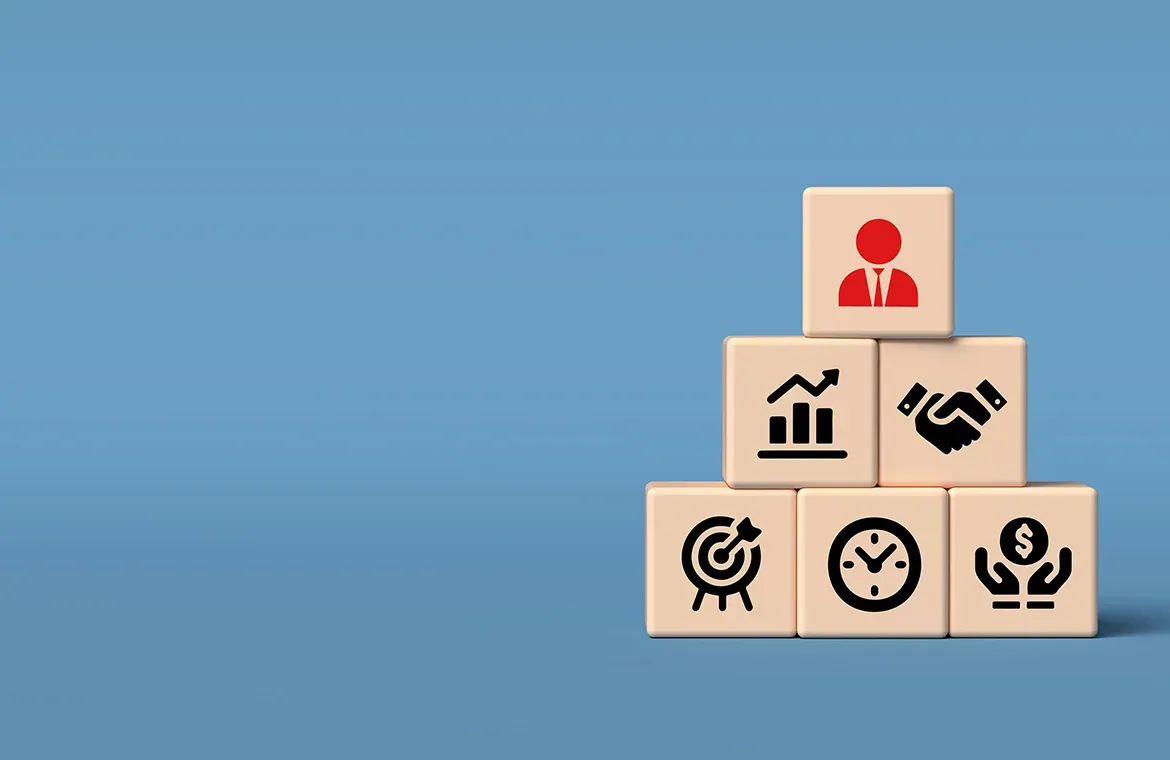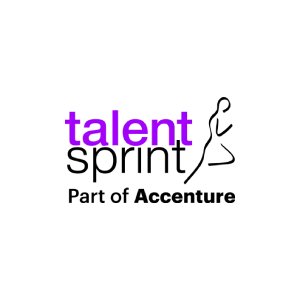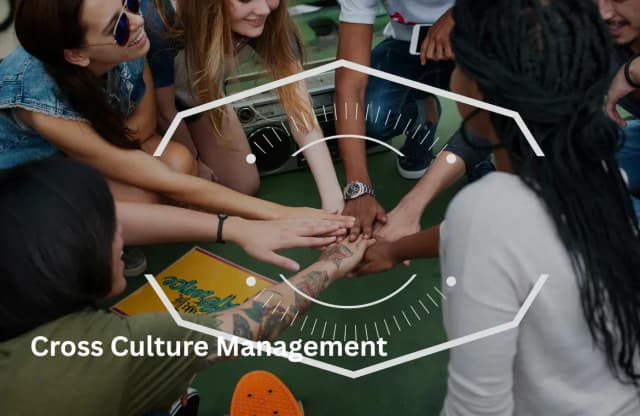What is organizational behavior: Core Concepts, Theories, and Importance

What Is Organizational Behavior?
Organizational behavior explores how individuals and groups act within an organization, especially when faced with specific situations. Its primary goal is to identify the behaviors that drive optimal business outcomes and to apply strategies that foster those positive actions. By studying how and why people think, feel, and behave at work, organizations gain valuable insights into improving overall performance.
Businesses use organizational behavior analysis to boost employee motivation, strengthen team collaboration, and build greater resilience against disruptions and unforeseen challenges.
A classic example of this, The Hawthorne Effect is a classic discovery in organizational behavior where people improve their performance simply because they know they’re being observed. It all started in the 1920s at a factory where researchers found that productivity rose not due to better lighting or conditions, but because workers felt noticed and valued.
This insight reshaped how we understand motivation at work: sometimes, attention matters more than incentives.
Levels of Organizational Behaviour
1. Individual Level
At the heart of organizational behavior is the individual. Each employee brings unique traits, values, and motivations that shape how they work and interact. Understanding what drives people like their goals, emotions, and perspectives helps organizations boost performance, engagement, and leadership. Even the best strategies depend on how individuals respond and contribute.
2. Group Level
When individuals work together, group behavior takes shape. How teams communicate, solve problems, and manage conflict directly impacts their success. Trust, clear roles, and strong leadership help teams stay aligned and productive. Great teamwork thrives on open dialogue and shared goals.
3. Organizational Level
At the organizational level, behavior reflects the company’s overall culture, structure, and strategy. It shapes how decisions are made, how change is managed, and how the company adapts to challenges. A strong, values-driven culture boosts innovation, employee commitment, and alignment across all levels impacting both teams and individuals.
Core Concepts of Organizational Behavior
1. People (Individual and Group Behavior)
Organizational behavior starts with understanding people how they think, feel, and act at work. This includes individual traits like personality, perception, and motivation, which influence how employees perform and interact. It also covers group dynamics, such as how teams collaborate, resolve conflicts, and make decisions together.
2. Structure
The structure of an organization defines how work is organized and who reports to whom. It includes hierarchies, roles, and job designs that shape how tasks are distributed. A well-designed structure supports clear communication and efficient decision-making, helping teams function smoothly.
3. Technology and Work Environment
Technology and the physical or virtual work environment play a big role in shaping behavior. Digital tools affect how people communicate, collaborate, and complete tasks, while the workspace whether in-office or remote can impact focus, comfort, and overall performance.
4. Organizational Culture
Culture refers to the shared values, beliefs, and norms that guide behavior within an organization. It influences how employees engage with their work, how they innovate, and how they relate to one another. A strong, positive culture can boost morale, loyalty, and creativity.
Why is organizational behavior important?
Organizational behavior helps understand how people think, feel, and act at work. It’s important because it improves teamwork, boosts employee motivation, and creates a positive work culture. When companies understand organizational behaviour, they can build stronger teams, reduce conflicts, and make better decisions.
For example, in a company where employees feel unheard and unappreciated. Productivity drops, and people start leaving. But when leaders apply OB principleslike recognizing achievements, encouraging collaboration, and understanding individual needs employees feel valued and engaged. As a result, performance improves, and the company thrives.
In short, organizational behaviour helps businesses bring out the best in their people.
Key Theories of Organizational Behavior
1. Maslow’s Hierarchy of Needs: Motivation through Fulfillment
Maslow’s theory says people are motivated by five levels of needs: basic needs (like food and safety), social needs (like belonging), and growth needs (like self-esteem and self-actualization). In the workplace, employees are more productive when their basic and emotional needs are met, allowing them to focus on personal growth and achievement.
2. Herzberg’s Two-Factor Theory: Job Satisfaction and Dissatisfaction
Herzberg found that job satisfaction and dissatisfaction come from different factors. Motivators (like recognition and meaningful work) lead to satisfaction, while hygiene factors (like salary and work conditions) prevent dissatisfaction. Improving both helps create a more motivated and happy workforce.
3. McGregor’s Theory X and Theory Y: Managerial Assumptions and Leadership Styles
McGregor described two views managers might have:
- Theory X assumes employees dislike work and need strict supervision.
- Theory Y believes employees are self-motivated and thrive with trust and responsibility.
The theory encourages leaders to adopt a more positive, empowering approach.
4. Lewin’s Change Management Model: Organizational Change Process
Lewin’s model explains how to manage change in three steps:
- Unfreeze – Prepare for change by challenging the current state.
- Change – Introduce new processes or behaviors.
- Refreeze – Stabilize the new way of working.
It helps organizations handle transitions smoothly.
5. Social Learning Theory: Behavior Modeling in the Workplace
This theory says people learn by observing others, especially role models. In the workplace, employees often mimic the behavior of leaders or peers. Positive role modeling can encourage good habits, teamwork, and ethical behavior.
Behavior vs. Theory
| Aspect | Organizational Behavior (OB) | Organizational Theory (OT) |
| Focus | Studies how individuals and groups behave within organizations | Studies how organizations are structured and function as a whole |
| Level of Analysis | Micro-level (individuals and teams) | Macro-level (entire organization and its environment) |
| Purpose | To improve employee performance, motivation, and workplace dynamics | To understand and design effective organizational systems and models |
| Key Topics | Motivation, leadership, communication, teamwork | Organizational structure, design, strategy, and systems |
| Approach | Behavioral and psychological | Structural, sociological, and economic |
| Application | Used by managers to manage people effectively | Used by leaders to shape organizational design and policies |
| Example | Improving team collaboration through better communication | Choosing between a flat or hierarchical structure for a company |
Emerging Trends in Organizational Behavior
1. Impact of Remote and Hybrid Work
The shift to remote and hybrid work has transformed how people collaborate, communicate, and stay productive. Organizations are now focusing on building trust, maintaining team culture, and supporting flexibility while ensuring accountability across distributed teams.
2. AI and Automation in Employee Experience
AI is being used to personalize employee experiences from onboarding to performance feedback. Automation helps reduce repetitive tasks, allowing employees to focus on more meaningful work. However, it also requires organizations to reskill teams and manage change effectively.
3. Growing Focus on Diversity, Equity, and Inclusion (DEI)
Companies are placing greater emphasis on creating inclusive workplaces where everyone feels valued. DEI initiatives aim to reduce bias, improve representation, and foster a culture of belonging, which in turn boosts innovation and employee engagement.
4. Employee Well-being and Mental Health Initiatives
Organizations are recognizing that employee well-being is essential for long-term success. Mental health support, flexible schedules, and wellness programs are becoming standard practices to help employees stay healthy, motivated, and resilient.
Key skills and knowledge for a career in organizational behavior
A successful career in organizational behavior requires a mix of interpersonal, analytical, and technical skills. These professionals help improve workplace dynamics by understanding how people behave and interact within organizations.
- Critical Thinking & Analysis: Professionals in this field use data and insights to understand workplace challenges and recommend effective solutions.
- Effective Communication: Whether it’s writing reports, giving presentations, or holding meetings, clear communication is essential to share findings and influence decisions.
- Data Interpretation: Analyzing both numbers and feedback helps identify trends in employee behavior. Familiarity with tools like Excel, SPSS, or survey platforms is often helpful.
- Negotiation Skills: Implementing change often involves balancing different interests. Being able to negotiate solutions that satisfy both employees and management is key.
- Organizational & Time Management: Managing multiple projects, teams, and research tasks requires strong planning and prioritization.
- Problem-Solving: At its core, this field is about identifying workplace issues and crafting practical, people-focused solutions.
Conclusion
In today’s fast-changing workplace, understanding organizational behavior is more than theory it’s a strategic advantage. Imagine a manager who transforms low morale into high performance by applying motivation theories and emotional intelligence. That’s the power of mastering organizational behaviour. A business management course helps you develop these essential competencies leadership, communication, and analytical skills to navigate complex human dynamics and drive positive change. By learning how people and organizations truly function, you’re not just managing work you’re shaping thriving, resilient teams ready to succeed in any environment.

TalentSprint
TalentSprint is a leading deep-tech education company. It partners with esteemed academic institutions and global corporations to offer advanced learning programs in deep-tech, management, and emerging technologies. Known for its high-impact programs co-created with think tanks and experts, TalentSprint blends academic expertise with practical industry experience.



